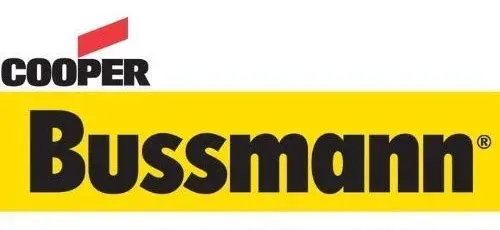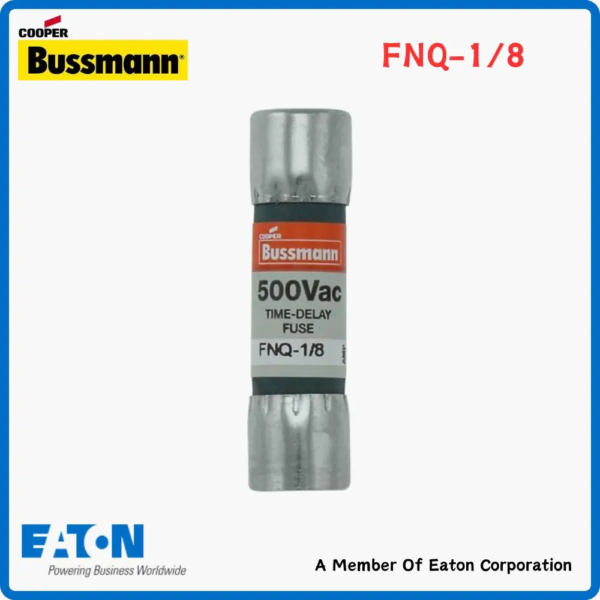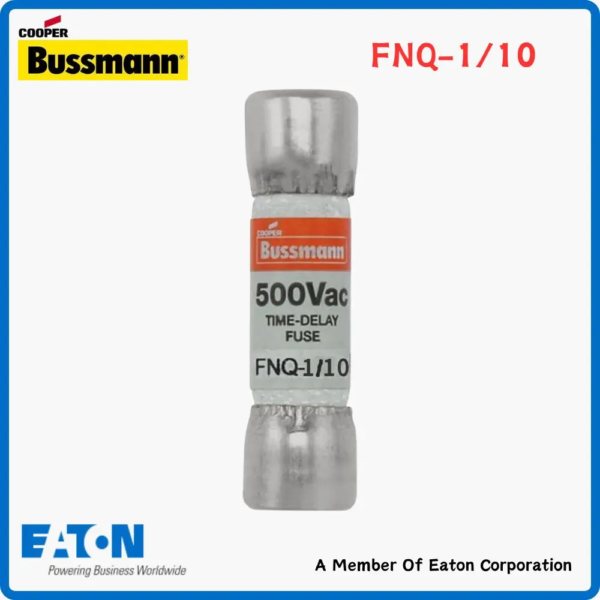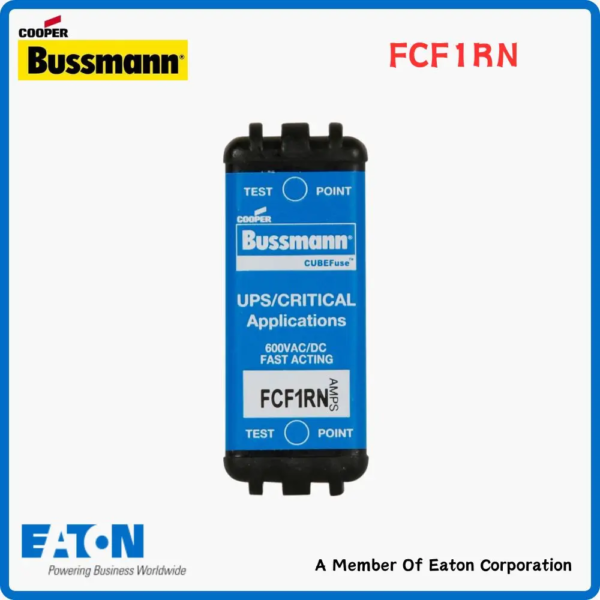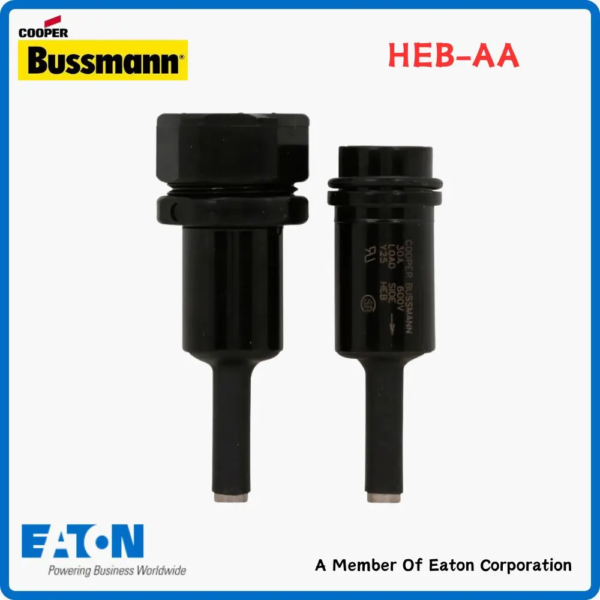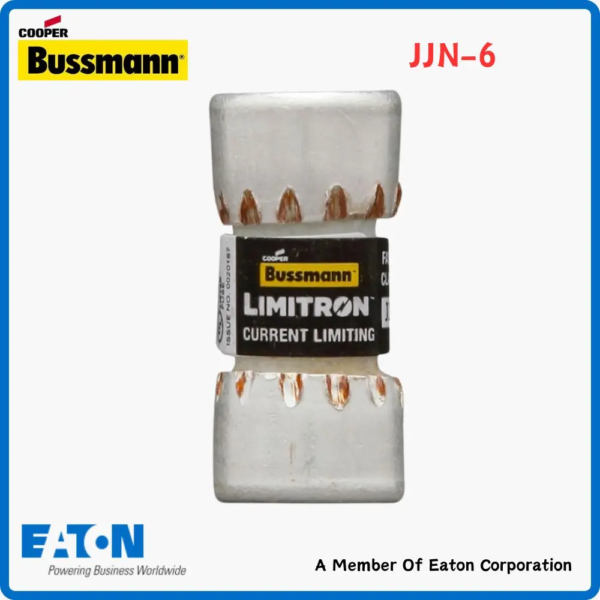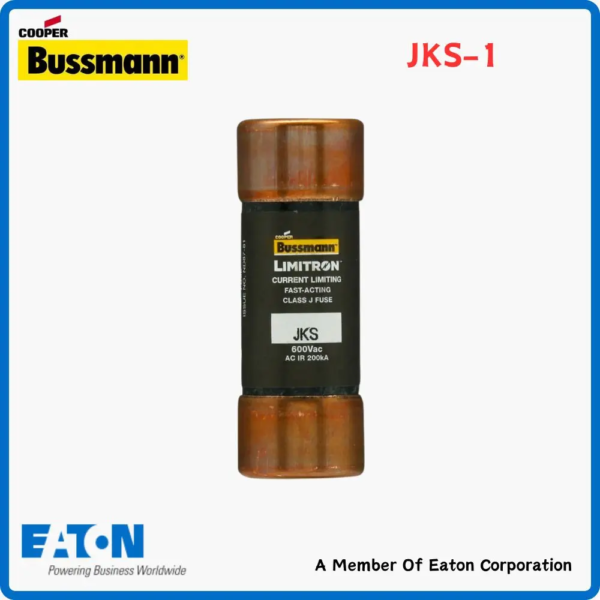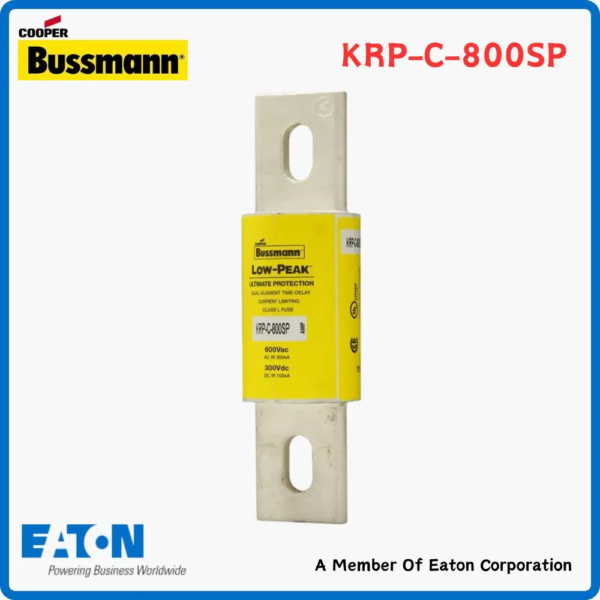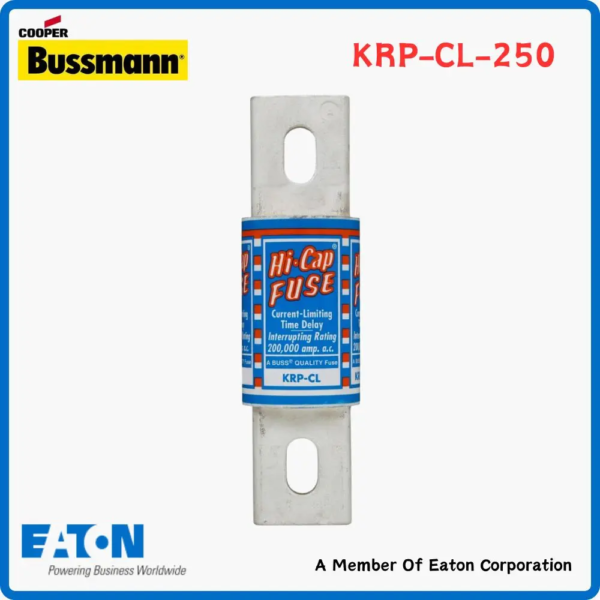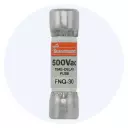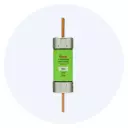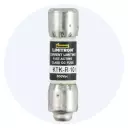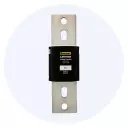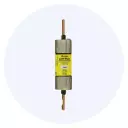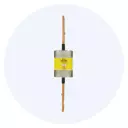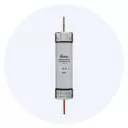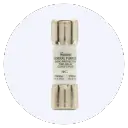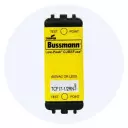Bussmann FNQ Fuses
“Eaton Bussmann JJN-6 Low Voltage Fuse” has been added to your cart. View cartEaton Bussmann FNQ-1/8 Low Voltage Fuse
Rated 5.00 out of 5In stock
$16.74EachSKU: FNQ-1/8Weight 0.175 lbs Dimensions 0.01138889 × 0.01138889 × 0.04166667 yd Brand Eaton Bussmann
Eaton-Bussmann, with its headquarters in St. Louis, Missouri, is a division of Eaton Corporation that specializes in the production of circuit protection products. These products are designed for use in the electrical, electronic, and automotive industries, both domestically and on a global scale. The company boasts a strong manufacturing network with facilities located in three domestic and six international locations, reflecting its commitment to serving customers worldwide. With a team of approximately 3,000 employees, Eaton-Bussmann is well-positioned to meet the ever-evolving needs of its customers in the electrical protection industry.
Eaton stands as a forward-thinking leader in power management, focused on enhancing lifestyles and safeguarding the planet. Leveraging the worldwide momentum of electrification and digital innovation, they propel the global shift towards renewable energy, addressing pressing power management issues on a global scale.Product type Low Voltage Fuse
Voltage 500 Volt
Eaton Bussmann FNQ-R-1/10 Low Voltage Fuse
Rated 5.00 out of 5In stock
$11.33EachSKU: FNQ-R-1/10Weight 0.175 lbs Dimensions 0.01138889 × 0.01138889 × 0.04166667 yd Brand Eaton Bussmann
Eaton-Bussmann, with its headquarters in St. Louis, Missouri, is a division of Eaton Corporation that specializes in the production of circuit protection products. These products are designed for use in the electrical, electronic, and automotive industries, both domestically and on a global scale. The company boasts a strong manufacturing network with facilities located in three domestic and six international locations, reflecting its commitment to serving customers worldwide. With a team of approximately 3,000 employees, Eaton-Bussmann is well-positioned to meet the ever-evolving needs of its customers in the electrical protection industry.
Eaton stands as a forward-thinking leader in power management, focused on enhancing lifestyles and safeguarding the planet. Leveraging the worldwide momentum of electrification and digital innovation, they propel the global shift towards renewable energy, addressing pressing power management issues on a global scale.Product type Low Voltage Fuse
Voltage 500 Volt
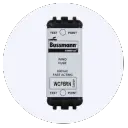 Bussmann WCF Fuses
Bussmann WCF Fuses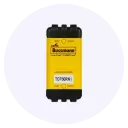 Bussmann FCF Fuses
Bussmann FCF Fuses
Eaton Bussmann Series UL Class CF, FCF 1RN Fuse
Rated 5.00 out of 5In stock
$79.99SKU: FCF1RNBrand Eaton Bussmann
Eaton-Bussmann, with its headquarters in St. Louis, Missouri, is a division of Eaton Corporation that specializes in the production of circuit protection products. These products are designed for use in the electrical, electronic, and automotive industries, both domestically and on a global scale. The company boasts a strong manufacturing network with facilities located in three domestic and six international locations, reflecting its commitment to serving customers worldwide. With a team of approximately 3,000 employees, Eaton-Bussmann is well-positioned to meet the ever-evolving needs of its customers in the electrical protection industry.
Eaton stands as a forward-thinking leader in power management, focused on enhancing lifestyles and safeguarding the planet. Leveraging the worldwide momentum of electrification and digital innovation, they propel the global shift towards renewable energy, addressing pressing power management issues on a global scale.Product type Fuse
Voltage 600 Volt
 Bussmann FRS Fuses
Bussmann FRS Fuses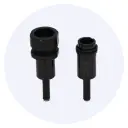 Bussmann HEB-AA Fuse
Bussmann HEB-AA Fuse
Eaton Bussmann HEB-AA Inline Fuse Holder
Rated 5.00 out of 5In stock
$18.99SKU: 504-HEB-AA-2Brand Eaton Bussmann
Eaton-Bussmann, with its headquarters in St. Louis, Missouri, is a division of Eaton Corporation that specializes in the production of circuit protection products. These products are designed for use in the electrical, electronic, and automotive industries, both domestically and on a global scale. The company boasts a strong manufacturing network with facilities located in three domestic and six international locations, reflecting its commitment to serving customers worldwide. With a team of approximately 3,000 employees, Eaton-Bussmann is well-positioned to meet the ever-evolving needs of its customers in the electrical protection industry.
Eaton stands as a forward-thinking leader in power management, focused on enhancing lifestyles and safeguarding the planet. Leveraging the worldwide momentum of electrification and digital innovation, they propel the global shift towards renewable energy, addressing pressing power management issues on a global scale.Product type Fuse
Voltage 600 Volt
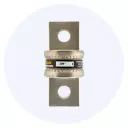 Bussmann JJN Fuses
Bussmann JJN Fuses
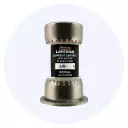 Bussmann JJS Fuses
Bussmann JJS Fuses
 Bussmann JKS Fuses
Bussmann JKS Fuses
Eaton Bussmann Fuse JKS-1 Low Voltage Fuse
Rated 5.00 out of 5In stock
$13.99SKU: JKS-1Brand Eaton Bussmann
Eaton-Bussmann, with its headquarters in St. Louis, Missouri, is a division of Eaton Corporation that specializes in the production of circuit protection products. These products are designed for use in the electrical, electronic, and automotive industries, both domestically and on a global scale. The company boasts a strong manufacturing network with facilities located in three domestic and six international locations, reflecting its commitment to serving customers worldwide. With a team of approximately 3,000 employees, Eaton-Bussmann is well-positioned to meet the ever-evolving needs of its customers in the electrical protection industry.
Eaton stands as a forward-thinking leader in power management, focused on enhancing lifestyles and safeguarding the planet. Leveraging the worldwide momentum of electrification and digital innovation, they propel the global shift towards renewable energy, addressing pressing power management issues on a global scale.Product type Low Voltage Fuse
Voltage 600 Volt
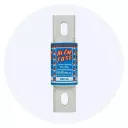 Bussmann KRP Fuses
Bussmann KRP Fuses
Eaton Bussmann Fuse Relays Explained in Detail
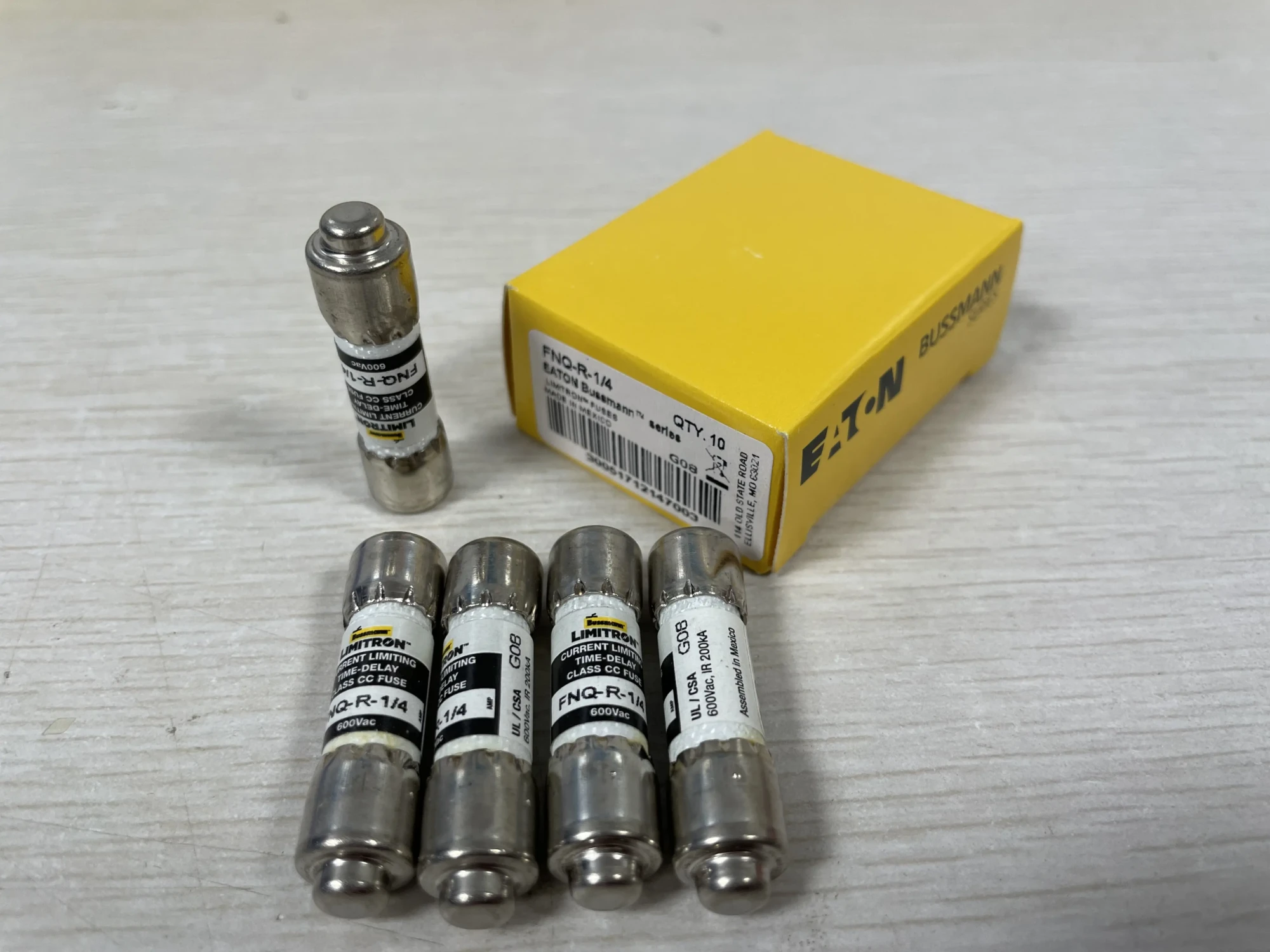
Introduction to Eaton Bussmann Fuse Relays
Eaton Bussmann is a renowned company in the field of power management, dedicated to improving the quality of life for people around the world while protecting the environment. With a strong focus on sustainability, Eaton Bussmann provides intelligent power management solutions that cater to the growing global trend of electrification and digitalization. Among their extensive range of products, Eaton Bussmann Fuse Relays stand out as a crucial component in circuit protection solutions.
What are Eaton Bussmann Fuse Relays?
Eaton Bussmann Fuse Relays are designed to provide overcurrent and overvoltage protection to electrical circuits. These relays are essentially a combination of a fuse and a relay, offering a comprehensive protection solution for a wide range of applications. The fuse element within the relay is designed to melt and open the circuit in the event of an overcurrent or overvoltage condition, thereby preventing damage to the circuit and its components.
Product Parameters and Specifications
Eaton Bussmann Fuse Relays come in various configurations to suit different application requirements. Some of the key product parameters and specifications include:
- Voltage Rating: Eaton Bussmann Fuse Relays are available in a range of voltage ratings, from 12V to 600V, making them suitable for various applications, including automotive, industrial, and commercial systems.
- Current Rating: The current rating of Eaton Bussmann Fuse Relays varies from 1A to 100A, allowing for flexibility in design and application.
- Time-Delay: Some Eaton Bussmann Fuse Relays feature a time-delay function, which allows for a short period of overcurrent or overvoltage before the relay opens the circuit.
- Indicator: Many Eaton Bussmann Fuse Relays come with an indicator, such as an LED or a flag, to signal when the relay has opened the circuit.
Uses of Eaton Bussmann Fuse Relays
Eaton Bussmann Fuse Relays find application in a wide range of industries, including:
- Automotive: Eaton Bussmann Fuse Relays are used in automotive systems to protect against overcurrent and overvoltage conditions, ensuring the safety and reliability of vehicular electrical systems.
- Industrial: These relays are used in industrial control systems, motor control circuits, and power distribution systems to provide protection against faults and abnormalities.
- Commercial: Eaton Bussmann Fuse Relays are used in commercial buildings, data centers, and telecommunications systems to ensure the continuity of power supply and prevent damage to equipment.
Precautions and Considerations
When selecting and using Eaton Bussmann Fuse Relays, it is essential to consider the following precautions and guidelines:
- Correct Sizing: Ensure that the relay is correctly sized for the application, taking into account the voltage, current, and power requirements of the circuit.
- Proper Installation: Install the relay in accordance with the manufacturer’s instructions and relevant industry standards.
- Regular Maintenance: Regularly inspect and maintain the relay to ensure its continued functionality and reliability.
- Compliance with Standards: Ensure that the relay complies with relevant industry standards and regulations, such as UL, CSA, and IEC.
Conclusion
Eaton Bussmann Fuse Relays offer a comprehensive solution for circuit protection, providing overcurrent and overvoltage protection for a wide range of applications. With their extensive range of products, Eaton Bussmann caters to the needs of various industries, including automotive, industrial, and commercial systems. By understanding the product parameters, specifications, uses, and precautions associated with Eaton Bussmann Fuse Relays, engineers and designers can ensure the safe and reliable operation of electrical circuits. Whether you are designing a new system or upgrading an existing one, Eaton Bussmann Fuse Relays are an excellent choice for circuit protection solutions.
